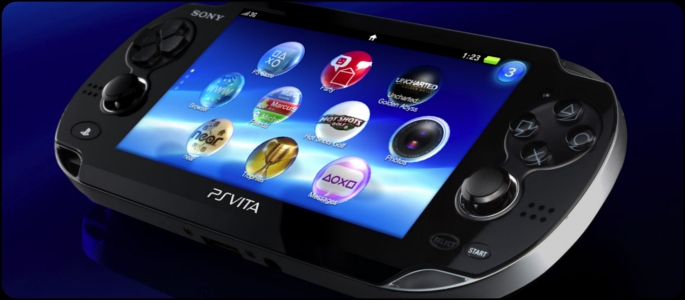Sony’s last system launch was for the PlayStation 3, over five years ago. It’s been a while since we’ve got through the whole launch routine, but now it’s only 10 days till the PlayStation Vita becomes commercially available in Japan. With time winding down, here’s a look at some standout software, the success of which would be of particular interest and benefit to Sony.
Uncharted: Golden Abyss
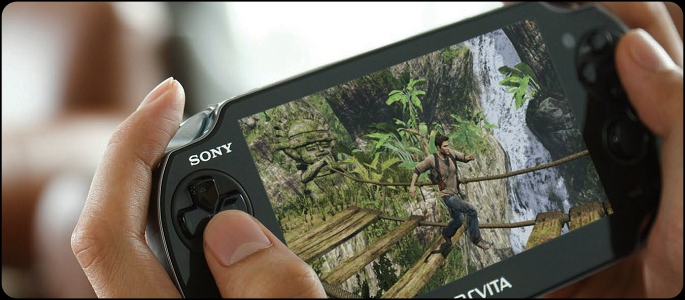
On the eventual Western list, this is a no-brainer, but it’s also a crucial title for building the popularity of Sony’s exclusives in Japan. As we know, the biggest Uncharted titles — in both budget and scale — will be on home consoles. The ‘Pan, however, sides with the portable scene more often than not, so a big title in the form of a portable is a good way to get new people to try the game/series out, in addition to the pile of existing fans (Uncharted 2 and 3 had very successful launches in Japan). If new fans can be won over, they might just be interested in the Uncharted trilogy for PS3, meaning if they didn’t have the console before, they’d then have another incentive to pick one up. Around and around we go. A good market performance of Golden Abyss could lead to a nice three-hit combo for Sony.
Disgaea 3 Return
Some years ago, I cited Disgaea 3 as an important game for Sony’s early going with PS3, much to the surprise of many a mainstream gamer. Here’s why it is once again an important title for the launch of a Sony platform: we’re out there. “We” are people who like niche games. While yes, of course, very few people (if anyone) truly bought a PS3 specifically for Disgaea 3 or even its superior sequel, it’s crucial for a system to have at least something to offer everyone. RPGs are, without a doubt, one of the biggest genres in Japan, if not the biggest. Any time you look at a list of Japan’s top sellers or most wanted games, RPGs are all over the place. Heck, on Famitsu’s most recent reader anticipation poll, RPGs take up five of the top 10 spots. Having this genre represented immediately is crucial, but Disgaea is the only representative from a big franchise. Lord of Apocalypse is a multiplatform sequel to an underachieving Monster Hunter wannabe and new IP Dark Quest doesn’t look to really be a home run. At launch, the tactical Disgaea 3 Return will have to carry the load. Perhaps that’s asking a bit too much of a repackaged SRPG, but it’s the way things have turned out. Nippon Ichi is a huge brand in its homeland, so hopefully this can appease the masses until the original RPGs and heavier-hitting remixes like Persona 4, Tales of Innocence-R, Ys IV, New Little King Story, and Zero no Kiseki start showing up.
F1 2011 and Ridge Racer
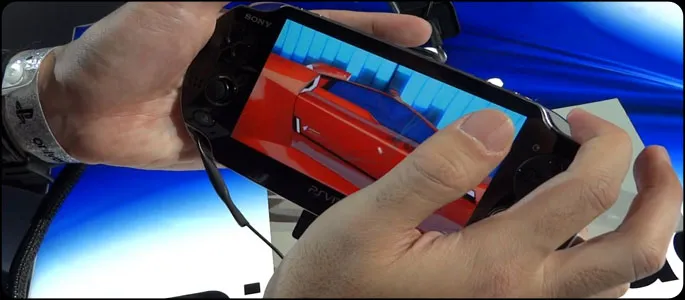
While the mere mention of Ridge Racer brings back memories of Sony’s legendarily bad E3 conference so many years back, it and F1 could be an important first step in winning the racing audience in Japan, which is bigger than you might think. In price checking launch titles at my local store, it seems Ridge Racer will only be about 4,000 yen, though I later found out that was due to having less content than usual. We’ll roll these two titles up into one for convenience.
Touch My Katamari
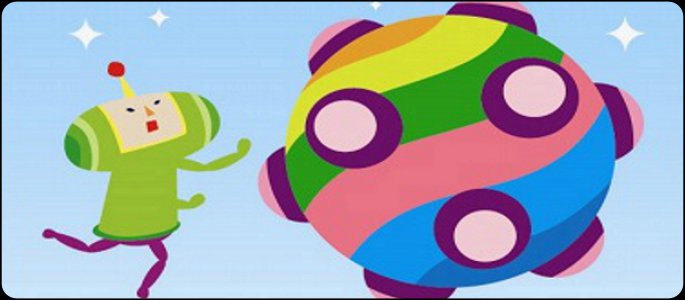
Speaking of rolling things up, Namco Bandai is a huge name to have on your side if you’re trying to get a new game machine off the ground. Years ago, the Katamari series hit PSP with Me and My Katamari, but suffered from stupidly designed levels that only made its lack of second analog stick seem all the more aggravating. Touch My Katamari, at the very least, can completely drop one of those issues as the Vita does indeed come equipped with two sticks and a touch controls. A strong showing by this could and should easily lead to more Namco Bandai titles coming to Vita down the road. When we’re talking about the publisher of the Tales series, most Gundam games, Ace Combat, Tekken, and Soul Calibur, among others, that’s a big deal.
BlazBlue: Continuum Shift II Plus and Ultimate Marvel vs. Capcom 3
You gotta fight for your right to party, and also to wear the handheld crown. But mostly to party. Similar to the racers above, Sony’s gotta be hoping for a good showing from the two launch-window fighters. Both the MvC and BB series tend to get great reception on consoles, so you know the publishers of these games are counting on making some bank here. Seeing some money come in will of course lead to more Capcom and Arc games for the Vita, and the cycle goes round and round.
Dream Club Portable
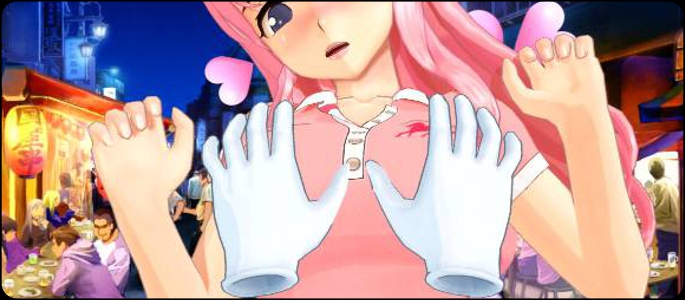
Ugh, I can’t stand this series, but in Japan, there’s an audience for it. A…strange sort of audience, but a big one nonetheless. Western gamers will write off its importance in the market, and without living here in Japan, I can’t much blame them. But for a new system, the capture of any and every single niche, cult, and fanbase is important. So, too, is the critical nature of luring in people without even the social skills to go to a club where people are paid to act like your friends.
All of Them
If it hasn’t been made clear enough with each of the above, every single piece of software is critical to the PSVita’s early success. Any stumble out of the gate will be magnified 10,000 times by gaming media and the system could be seen as a failure. Nintendo has been fortunate enough to see the 3DS bounce back from a rough start, but such is not a guarantee for every system — ask Sega. The PSP has been dynamite in Asia which has helped to balance out its so-so showing in the Americas and PAL regions, but it needs to get more from every territory this time around. Software moves systems as much as any other factor, so for Sony, all 26 of its Japanese launch titles will play an important role on December 17th.
Stay tuned to PlayStation LifeStyle for further coverage from Japan.
